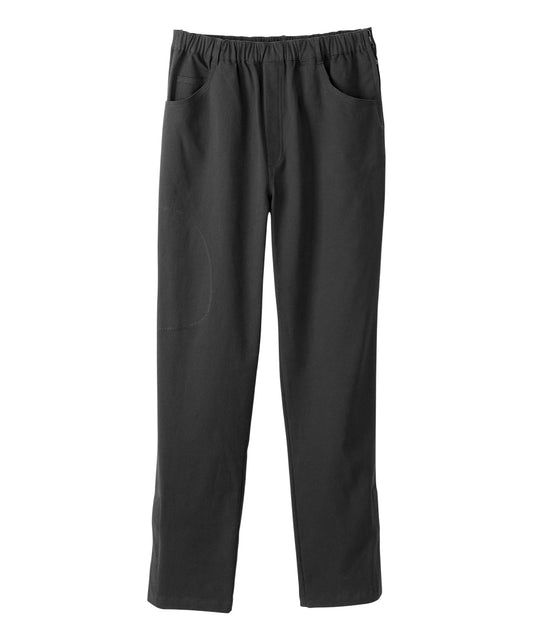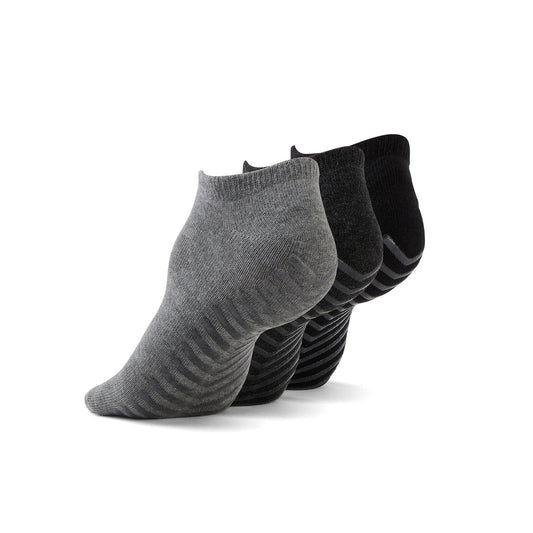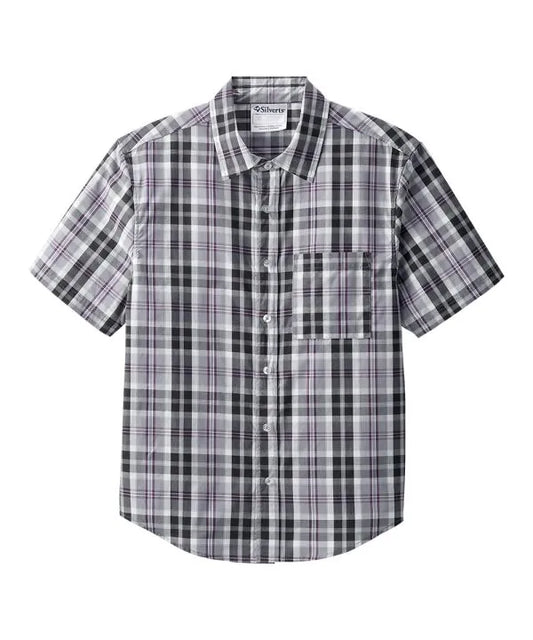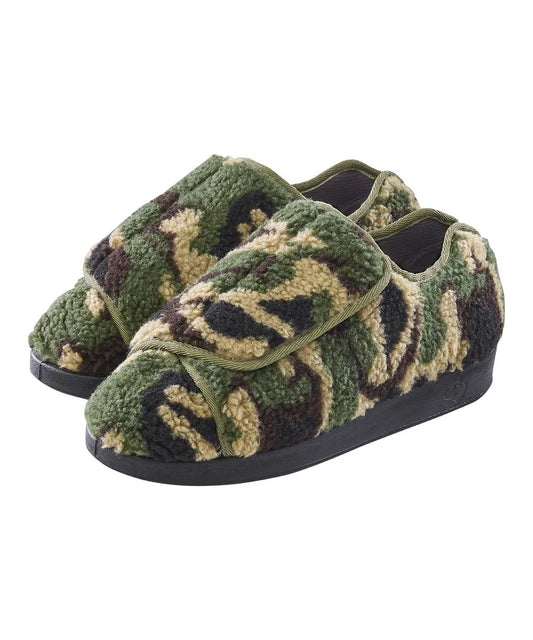Written by Sahar Mamish & Reviewed by Gurnoor Mand
Finding clothes that are both functional and comfortable can be quite difficult for those with disabilities. Conventional clothing can be constricting and uncomfortable to wear since it is frequently not made to fit assistive devices like wheelchairs, braces, or prosthetics. As a response to these issues, adaptive clothing that is made especially for persons with impairments has arisen. These clothes are made to satisfy the particular requirements of people with disabilities and to improve their comfort, independence, and general quality of life. This article examines 15 innovative ideas and suggestions for adaptive clothes that can improve comfort for those with impairments.
1. Stretchable and Breathable Fabrics
People with impairments may feel more comfortable wearing adaptive clothing that is created from breathable, flexible fabrics. Stretchable materials that allow for easy movement, such spandex or lycra, make it simpler for people with impairments to participate in physical activities. A body can stay cool and dry by wearing breathable materials like cotton or mesh, which lowers the likelihood of skin irritability and discomfort.
2. Easy-to-Use Fasteners
Fasteners that are simple to use are an essential part of adaptable clothing since they significantly increase the independence and comfort of people with impairments. The act of wearing and removing adaptive clothes can be made easier by using simple fasteners like Velcro, snaps, or magnetic closures. For those with disabilities who have limited dexterity or mobility, this can be extremely helpful
Mens Short Sleeve Shirt with Magnetic Buttons
3. Adjustable Straps and Ties
People with disabilities can customize the fit of adaptive clothing that has adjustable straps and ties in order to tailor the garment to their specific needs. As their body evolves over time, this can help guarantee that the garment fits securely and comfortably.
Adjustable Straps
For people with impairments, adjustable straps, such those on bras, suspenders, or backpacks, can offer a customizable fit. These straps can be incorporated into a variety of garment items and are easily adjustable to create a secure and comfortable fit. For those with spinal cord injuries or limited movement, adjustable straps can be added to adapted clothing so they can customise it to suit their special needs.
Adjustable Ties
For people with disabilities, adjustable ties, such those on jackets or hoodies, can offer a personalised fit. These ties can be incorporated into a variety of garment items and are easily adjustable to create a pleasant and secure fit. People with cerebral palsy or other mobility-impairing diseases, for instance, may benefit from adaptable clothing that has ties that can be adjusted to match their particular needs.
4. Zippers with Large Pulls
Using zippers with large pulls is one option for those with impairments who have trouble operating zippers. It is simpler to zip or unzip the garment with these pulls since they provide a bigger surface area for the user to hold. Large zipper pulls can assist prevent user annoyance and pain by easing the task's degree of complexity. This is especially helpful for people with weak hands or limited dexterity because they could normally have problems using regular zippers.
Other zipper alterations, in addition to having wide pulls, can improve accessibility for those with impairments. Users may find it simpler to operate the zipper by including a smooth, robust mechanism that operates with little resistance, for instance. Additionally, certain zippers could have a locking mechanism that keeps the zipper closed and lowers the possibility of an unintentional opening.
Designers and manufacturers can produce zippers that are both practical and user-friendly by taking into account the requirements of people with disabilities. People with impairments may live more fully as a result of being able to independently dress and undress themselves with greater comfort and confidence.
5. Accommodation for Assistive Devices
For those with disabilities, adaptive clothing can completely improve their lives because it is made to work together with assistive technology. This can result in a seamless and comfortable experience, assisting in lowering the physical and emotional tension that is sometimes associated with getting dressed or taking off clothing.
For example, pants with a higher waistband can provide added comfort and coverage for people who use wheelchairs. Similarly, leg openings that are wide enough to fit over a brace can help prevent discomfort and irritation, and make it easier for the user to get dressed. Additionally, clothing that is designed to accommodate prosthetics can help eliminate the friction and chafing that can occur between the prosthetic and the clothing.
Adaptive clothing can also offer practical benefits for people with disabilities, such as improved accessibility to pockets and zippers. This can make it easier for them to carry essentials, such as keys, phones, or wallets, without having to resort to cumbersome backpacks or other bags.
6. Padded Seats and Knees
For individuals with disabilities who spend a lot of time sitting down, adaptive clothing with padded seats and knees is a helpful alternative. Long lengths of time in a seated position, whether in a wheelchair, a scooter, or any other sort of assistive device, can be hard on the body and lead to discomfort and pressure sores. By adding comfort and support to the places that take the most strain, adaptive clothing can assist to lessen these problems.
The padding of adaptive clothing's seats and knees can aid in more evenly distributing pressure, lowering the risk of pressure sores and creating a cushioning effect. This can be crucial for those who are prone to pressure sores, which can be painful and take a long time to cure, such as persons with disabilities. Adaptive clothing can assist persons with disabilities live better overall and reduce expensive medical costs related to pressure sore care by lowering the likelihood of developing pressure sores.
7. Hidden Pockets
People with disabilities who use assistive devices like canes or walkers may find it useful and discreet to store their equipment in adaptive clothes with hidden pockets. This can increase independence and keep the assistive device within reach.
8. Reflective Accents
Adaptive clothing that incorporates reflective accents is a crucial aspect of safety for people with disabilities who are active at night or in low-light conditions. Reflective materials have the ability to reflect light, making the individual wearing the clothing more visible to others. This increased visibility can help reduce the risk of accidents, as drivers, pedestrians, and other individuals are more likely to see the person in time to avoid a collision.
Reflective accents can be added to a variety of clothing items, including jackets, pants, hats, and gloves, providing 360-degree visibility. This can be especially important for people with disabilities who use wheelchairs, scooters, or other assistive devices, as these individuals may be at a higher risk of accidents due to their lower profile and slower speeds.
In addition to improving safety, reflective accents can also offer practical benefits for people with disabilities. For example, reflective accents can make it easier for caretakers or family members to locate the individual in an emergency situation. Reflective accents can also make it easier for individuals with disabilities to find their assistive devices in low-light conditions, helping to reduce the risk of misplacing or losing their devices.
9. Easy-to-Wash Fabrics
Adaptive clothing made from easy-to-wash fabrics, such as machine-washable cotton or polyester, can simplify the process of cleaning and maintaining the garments. This can be especially beneficial for individuals with disabilities who may require assistance with dressing and grooming.
10. Stretchable Waistbands
Adaptive clothing with stretchable waistbands can provide a comfortable and secure fit for people with disabilities who have a fluctuating waist size. This can help prevent the garment from slipping or becoming uncomfortable during physical activity or changes in body shape.
11. Open-Back Designs
Adaptive clothing with open-back designs can provide easy access for individuals with disabilities who use wheelchairs or other assistive devices. This can simplify the process of dressing and improve independence.
12. Wide Armholes and Necklines
Adaptive clothing with wide armholes and necklines can provide added comfort and ease of movement for people with disabilities who use braces, prosthetics, or other assistive devices. This can help prevent skin irritation and discomfort, and ensure that the clothing fits comfortably over the assistive device.
13. Seamless Designs
Adaptive clothing with seamless designs can provide added comfort and reduce the risk of skin irritation for people with disabilities. This can be especially helpful for those with sensitive skin or who spend extended periods of time in a seated position.
14. Draping Designs
Adaptive clothing with draping designs can provide added comfort and ease of movement for people with disabilities. Draping designs can help to reduce restriction and prevent the clothing from becoming tangled in assistive devices such as wheelchairs.
15. Accessible Sizing
Adaptive clothing that is available in a range of accessible sizes can help ensure that individuals with disabilities have access to clothing that fits well and is comfortable to wear. This can include larger sizes for individuals who use wheelchairs or other assistive devices, as well as smaller sizes for individuals with specific body shapes or sizes.
In conclusion, adaptive clothing can play a crucial role in enhancing the comfort, independence, and quality of life for people with disabilities. By incorporating innovative ideas such as stretchable and breathable fabrics, easy-to-use fasteners, and adjustable straps and ties, adaptive clothing can provide a comfortable and practical solution for the daily challenges faced by individuals with disabilities. With the continued development of adaptive clothing, people with disabilities can enjoy the same fashion options and freedom of expression as everyone else.

















